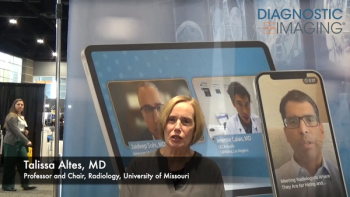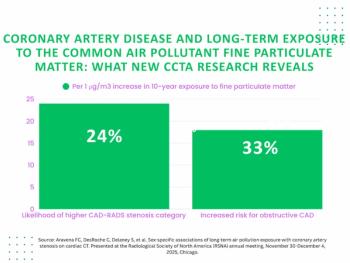
Medical Residents Lacking in Radiation Safety Knowledge
Knowledge of radiation safety among medical residents, including radiology residents, could be improved.
While most medical residents do know of the link between ionizing radiation and possible development of cancer in the future, most residents are lacking in radiation safety knowledge, according to an article published in
Researchers from Emory University in Atlanta, Ga., surveyed residents from 15 residency programs at the university about their knowledge of radiation safety. The researchers were interested in learning about the residents’ knowledge of adverse effects of ionizing radiation, frequency of their education on radiation safety and their use of radioprotective equipment.
A total of 173 out of 532 residents completed the survey. The vast majority, 95 percent, of respondents reported that they believed in the link between future cancer development and radiation exposure, but only 39 percent of respondents said that radiation safety was discussed in their residency curriculum at least every six months.
Other findings showed that the residents' knowledge about specific estimated dose effects (correct responses) was limited among both radiology residents and those in other programs. Only 10 percent of overall residents responded that radiology radiation dose was associated with fetus brain malformation in pregnancy, compared with 26 percent of radiology residents; 27 percent of overall residents knew that there was a risk of developing cataract among interventional personnel, compared with 47 percent of radiology residents.
When asked about the lifetime risk of cancer mortality from a single abdominal computed tomography (CT) in children, 22 percent of overall residents and 29 percent of radiology residents responded correctly, and 35 percent of overall residents, compared with 50 percent of radiology residents, knew there was greater radiosensitivity of children compared to adults.
The percentage was closer when asked about relative radiation dose from an abdominal CT compared to a chest X-ray: 51 percent of overall residents compared with 48 percent of radiology residents knew this.
The researchers noted that there was no significant difference in residents' knowledge across their postgraduate training years: use of lead thyroid shields was reported by 86 percent (97 percent radiology versus 80 percent nonradiology) and radiation-monitoring badges in 39 percent (68 percent radiology versus 15 percent nonradiology) of the residents.
Newsletter
Stay at the forefront of radiology with the Diagnostic Imaging newsletter, delivering the latest news, clinical insights, and imaging advancements for today’s radiologists.




























